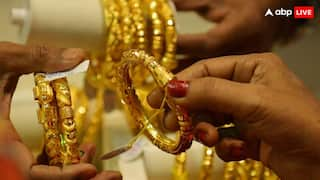World's Oldest Cheese Found In Necklaces On 3600-Year-Old Mummies, See Pic
Food items like cheese are extremely difficult to preserve over thousands of years, making this a rare and valuable opportunity, a researcher said.

Researchers have found the world's oldest cheese in necklaces on 3600-year-old mummies in China. The discovery was made when the coffin of a young woman was excavated. Archaeologists discovered a mysterious substance laid out along her neck that looked like a piece of jewellery. Scientists say it's the oldest cheese ever found. The Bronze Age coffin was found during the excavation of the Xiaohe Cemetery in 2003.
The substance has been identified as a type of kefir cheese based on the presence of lactic acid bacteria, yeast, and proteins from ruminant milk in the samples, Live Science reported. "While regular cheese is soft, this one has dried out, becoming dense, hard, and powdery," said Qiaomei Fu, a paleontologist at the Institute of Vertebrate Paleontology and Paleoanthropology at the Chinese Academy of Sciences in Beijing, said in a statement.
Oldest Known Cheese Ever In The World
"This is the oldest known cheese sample ever discovered in the world," she said. "Food items like cheese are extremely difficult to preserve over thousands of years, making this a rare and valuable opportunity. Studying the ancient cheese in great detail can help us better understand our ancestors' diet and culture," she added.
Qiaomei Fu said the woman's body was well preserved as were her boots, hat, and the cheese as she was covered and buried in the dry climate. The fact that those items included chunks of kefir cheese alongside the body showed that "cheese was important for their life," she added.
The research also revealed that the necklaces included at least two different kinds of cheese, one made from goat milk and the other from cow milk.
Fu added that "studying the ancient cheese in great detail can help us better understand our ancestors' diet and culture." Researchers could track how probiotic bacteria evolved over the past 3,600 years by sequencing the bacterial genes.






































